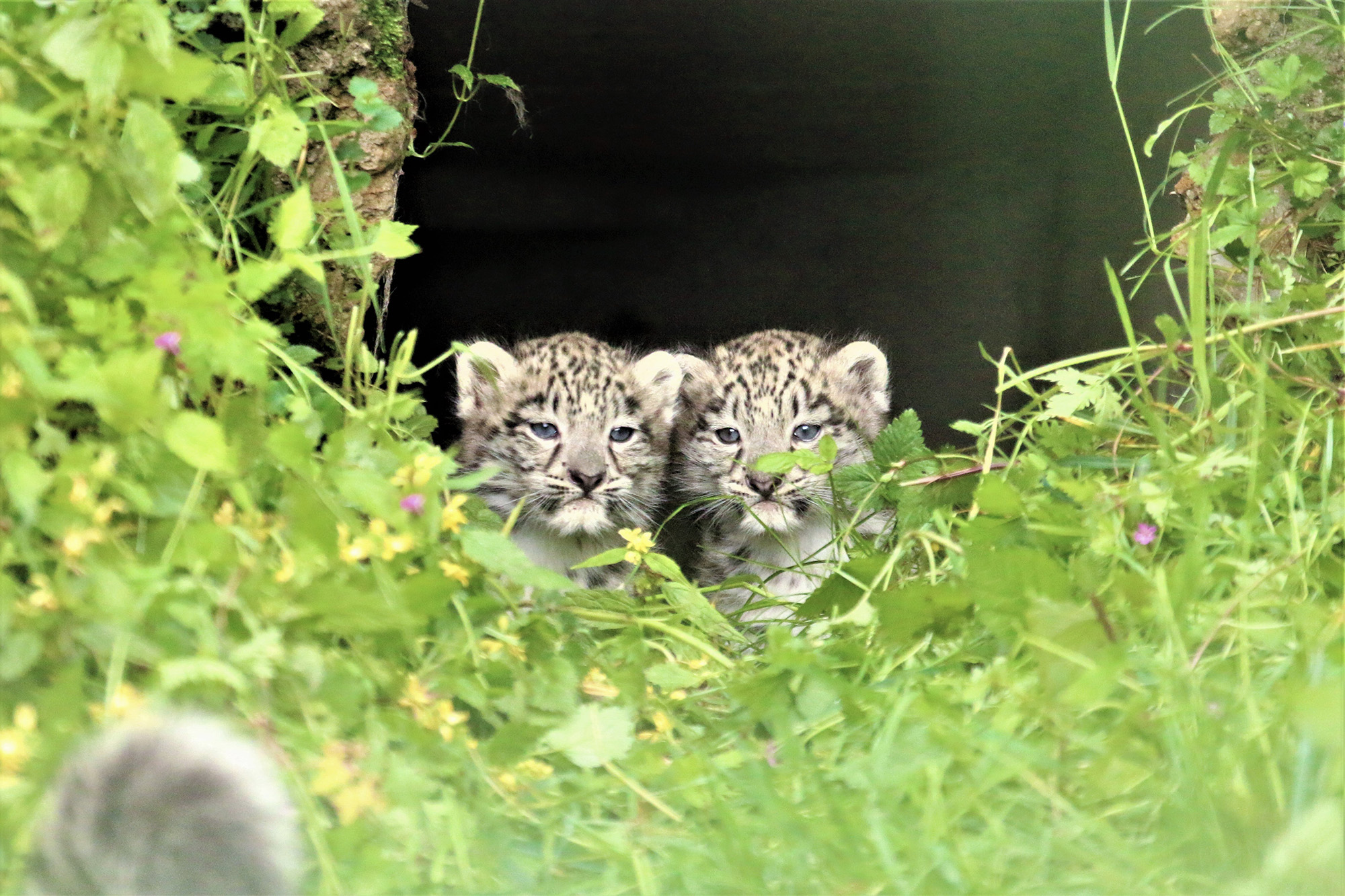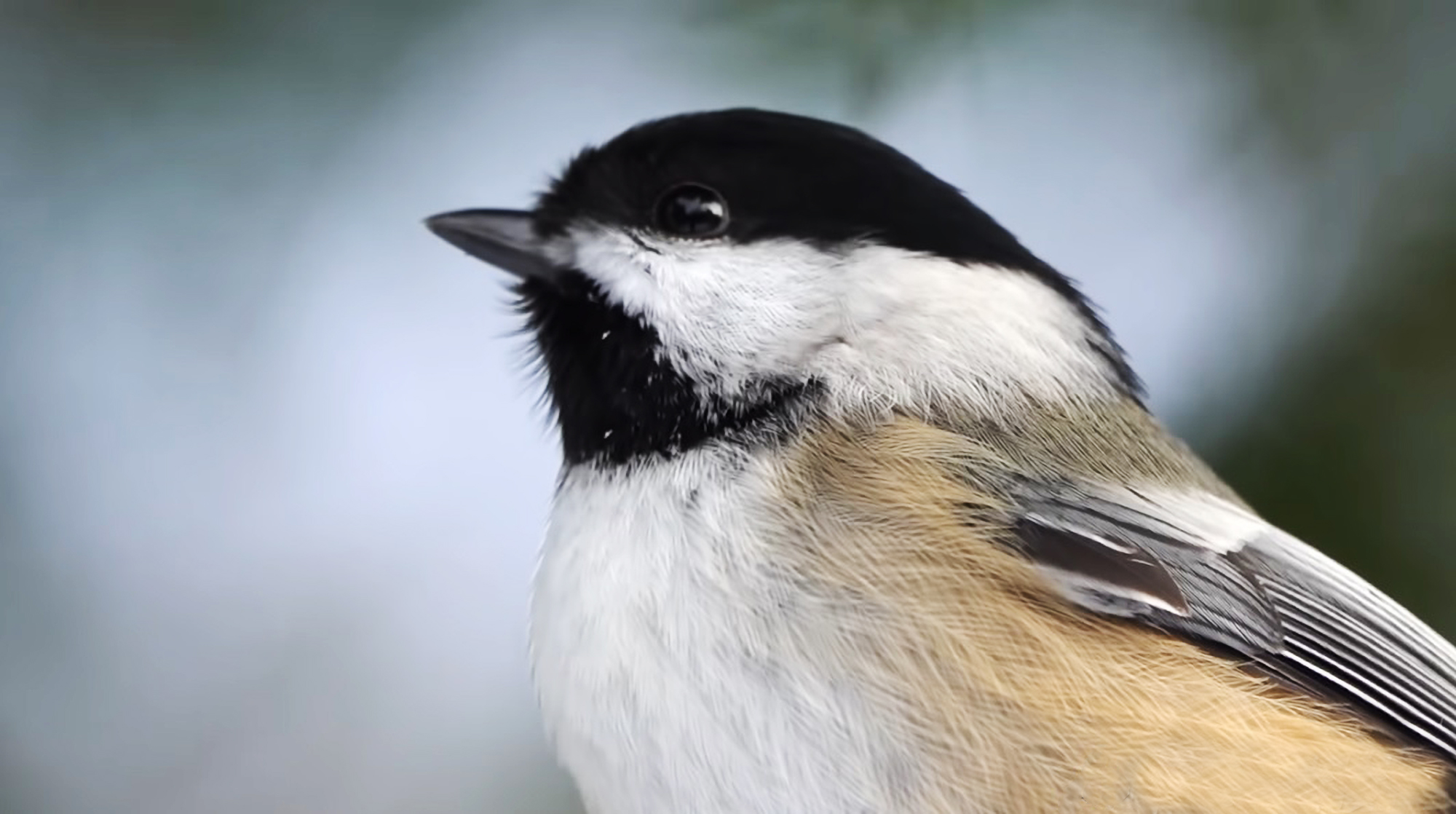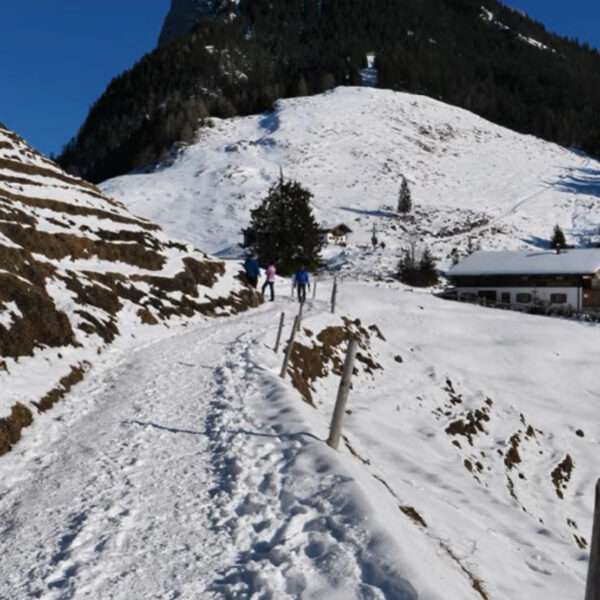Manmade Global Warming Displacing Rare Mountain Plants, Boffins Warn
Manmade global warming is causing more and more plant species to migrate to the high Andes and displace rare mountain plants, boffins have revealed.
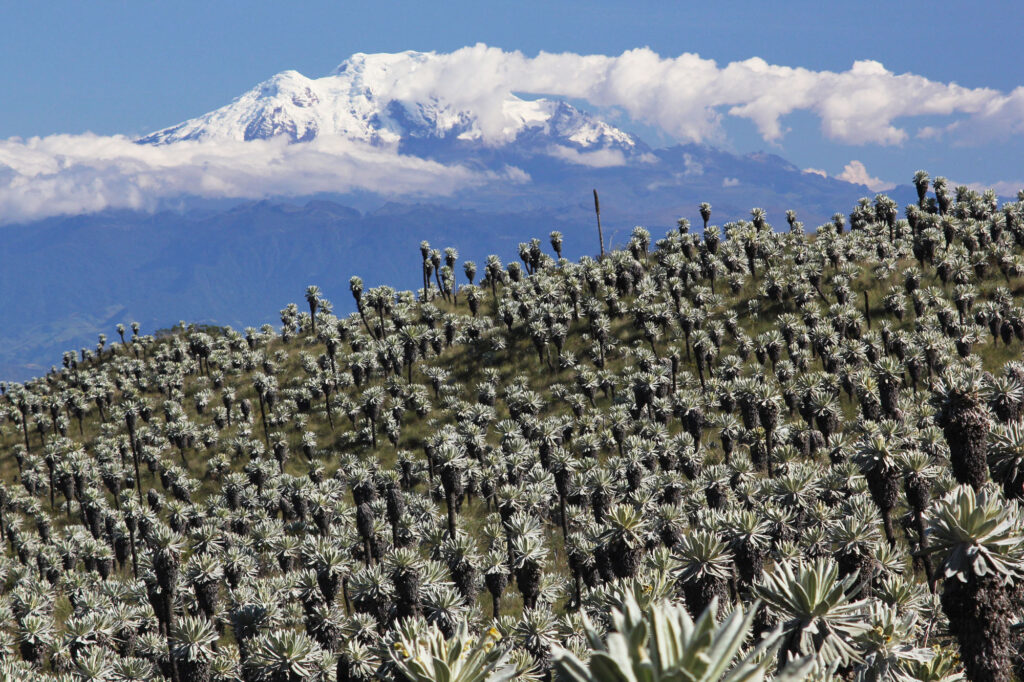
According to a study recently published in the journal “Global Ecology and Biogeography”, this worrying development will continue to accelerate.
The study was carried out by experts from the Austrian Academy of Sciences (OeAW) and the University of Natural Resources and Life Sciences (BOKU) Vienna.
They used plant community data collected from 720 long-term observation plots on 45 mountain summits in the high Andes between 2011 and 2019.
Harald Pauli from the OeAW said: “On average, every two and a half years, one plant species is added to the monitoring areas, in some areas more. That is a very short period of time for cold mountain habitats.”
Not only is South America affected by the phenomenon, but it has also been observed in various mountain ranges in Europe.
The experts blame it on rising temperatures caused by human activity, as well as imported European meadow plants, such as cocksfoot and red clover.
Preserving local species is essential to combat climate change, given that intact ecosystems are responsible for around 30 per cent of carbon dioxide sequestration.
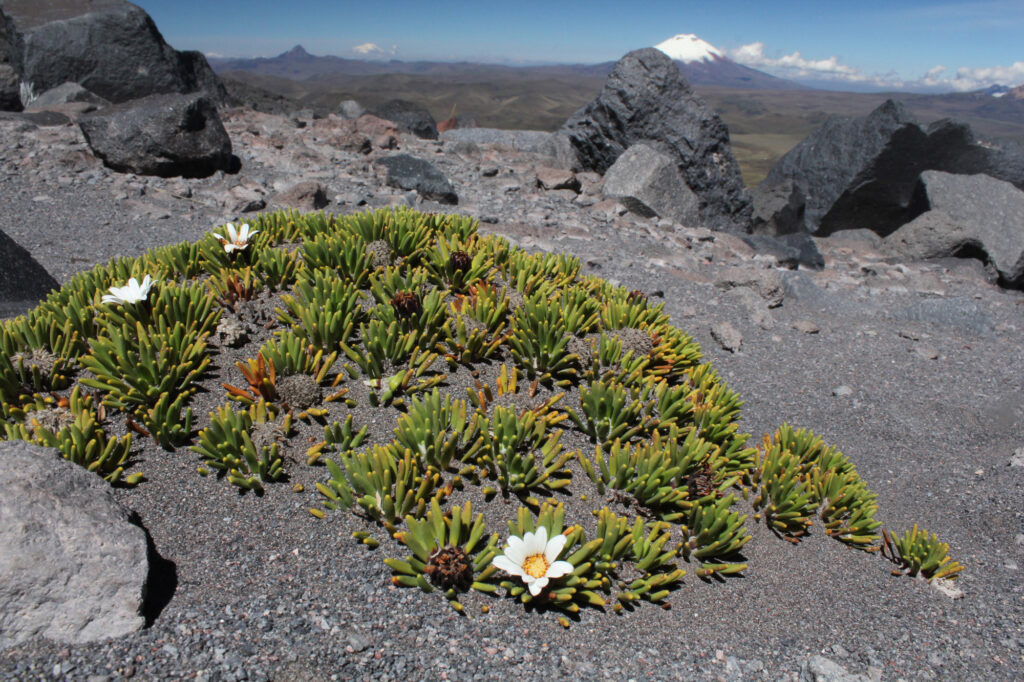
Pauli said: “Society, and especially policymakers, carry the responsibility to address and mitigate the situation.”
The Andes are the longest continental mountain range in the world, forming a continuous highland along the western edge of South America.
They are the highest mountain range outside Asia and are home to the highest mountain outside Asia, Argentina’s Aconcagua, which is about 6,961 metres (22,837 feet) tall.



